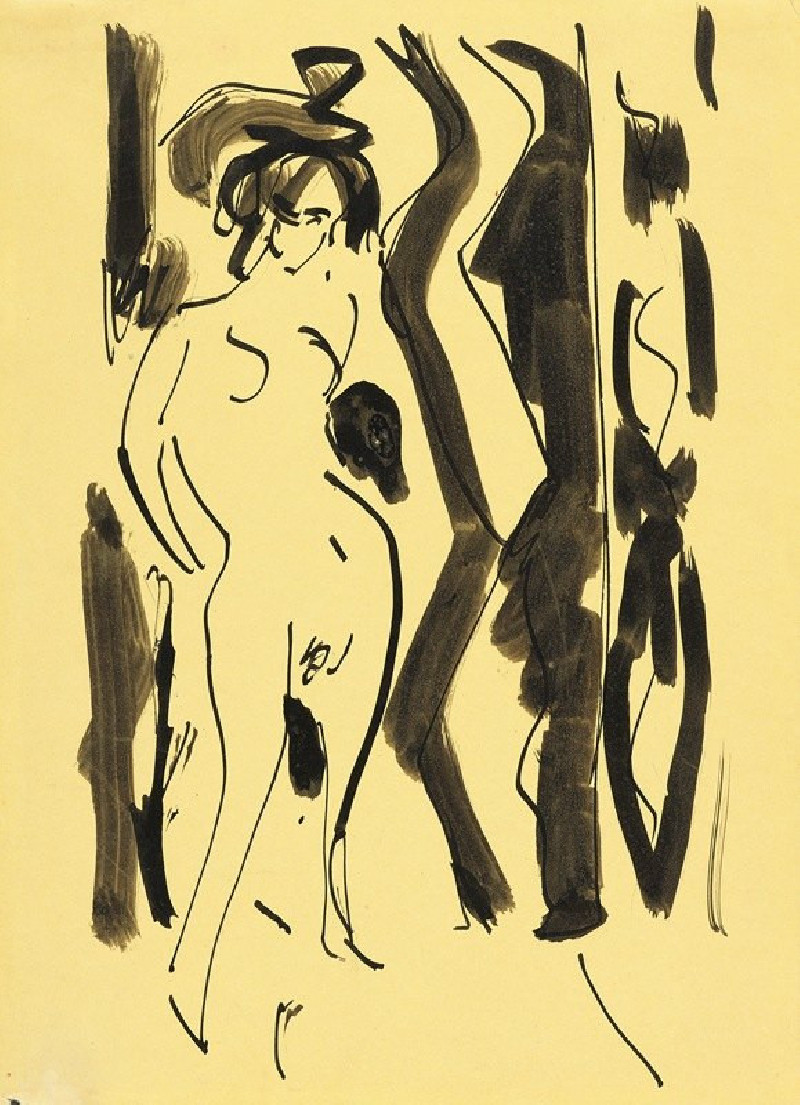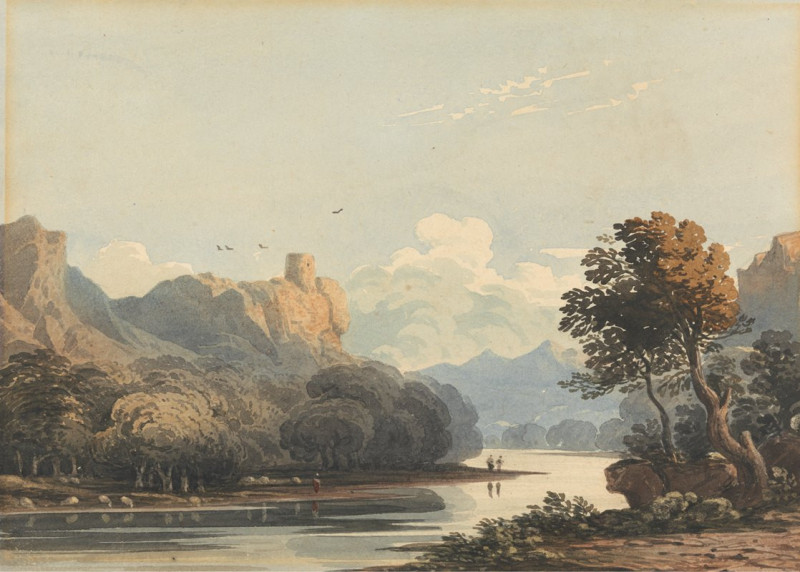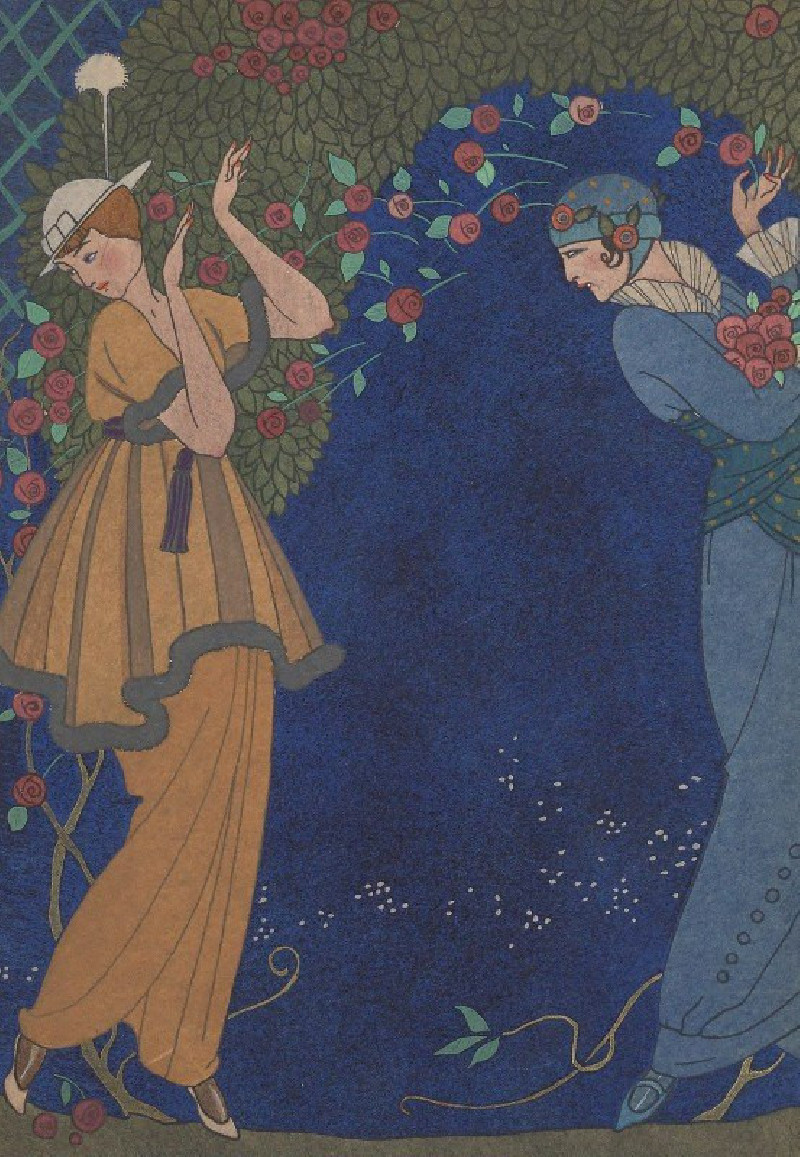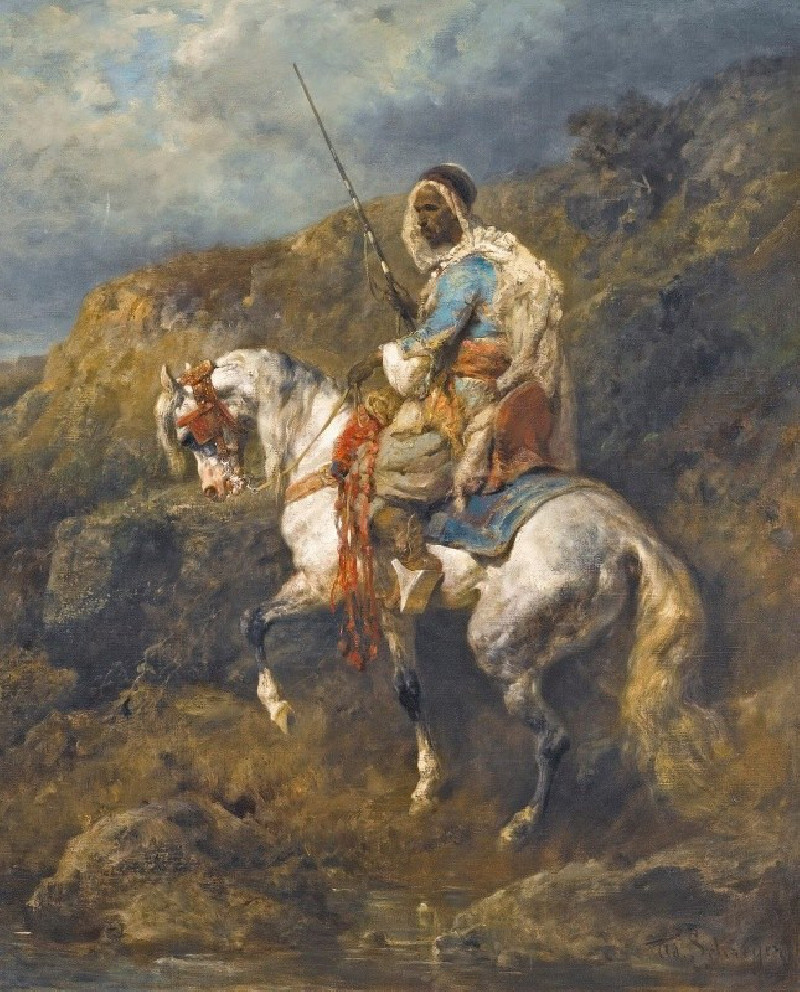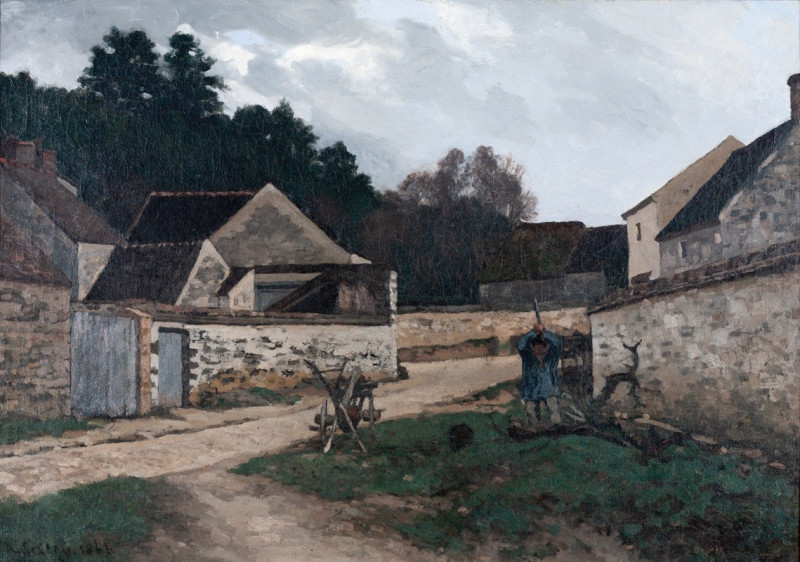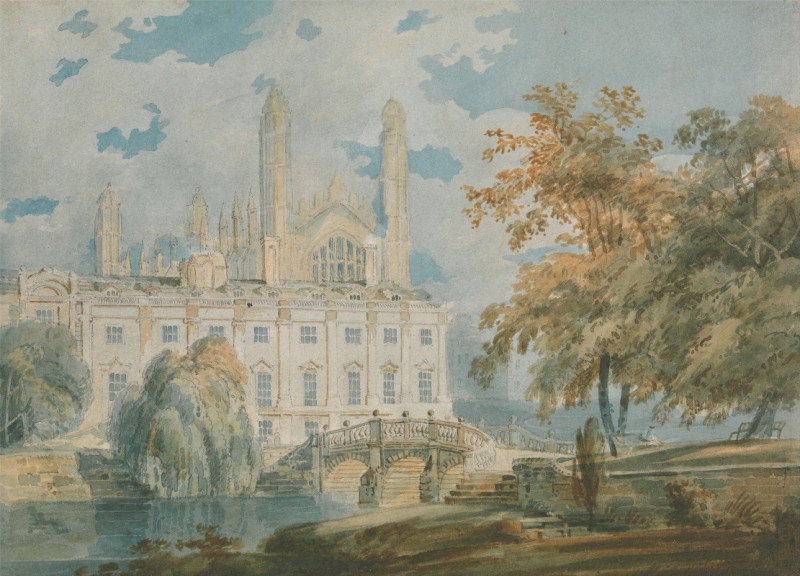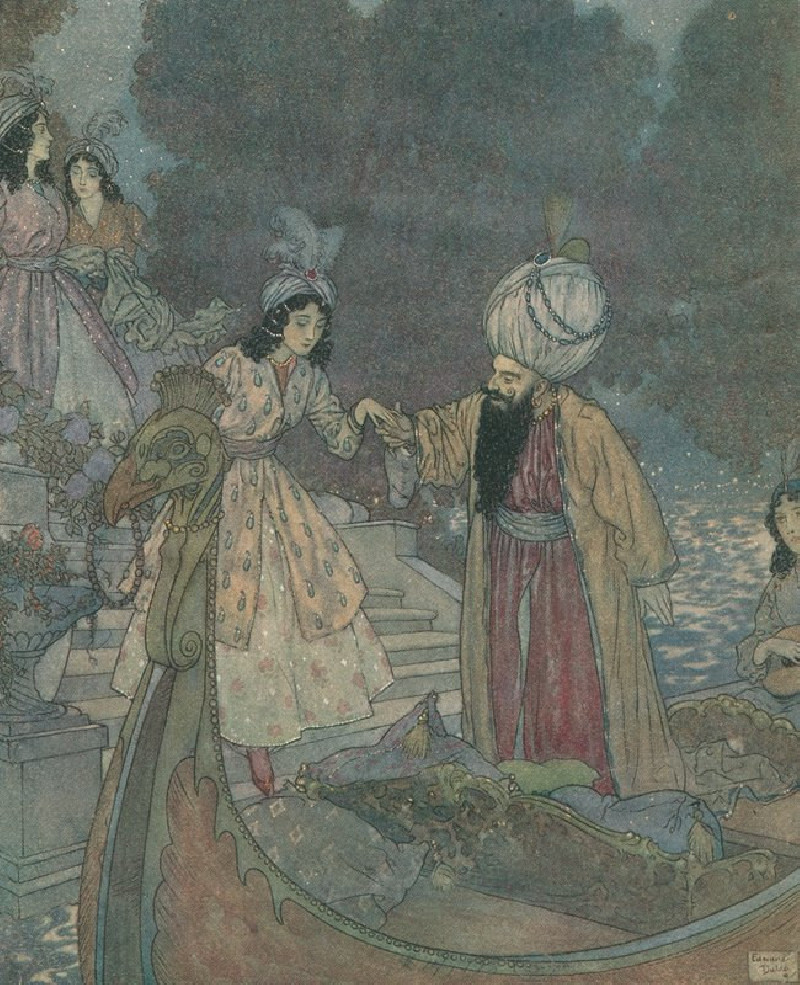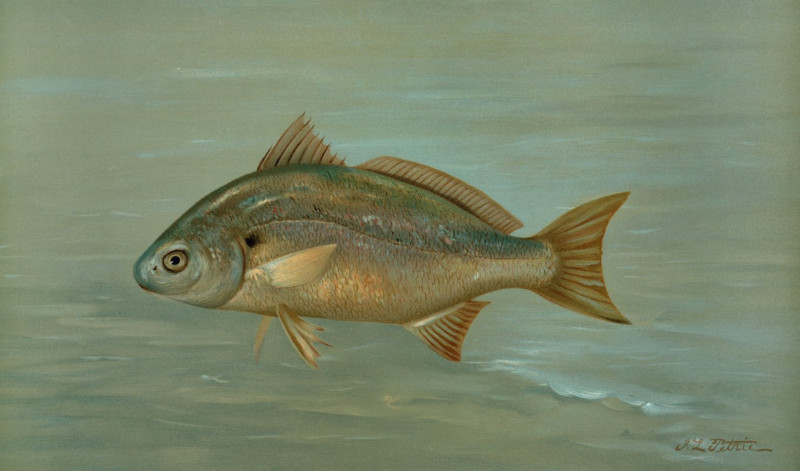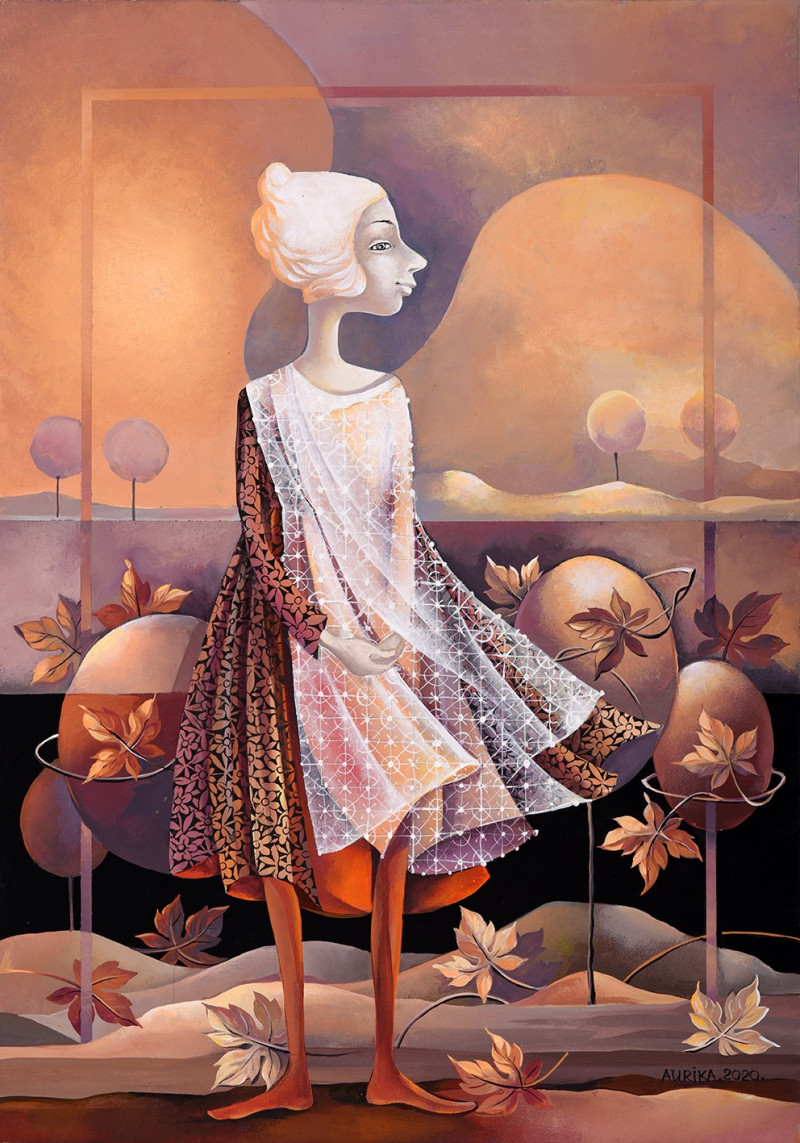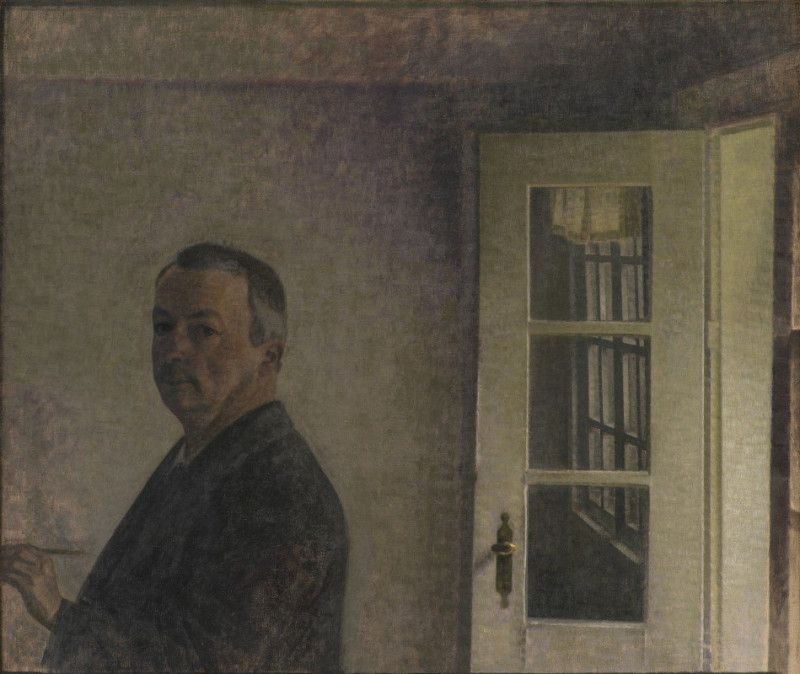Frauenakt (1910)
Technique: Giclée quality print
Recommended by our customers
More about this artwork
The captivating work titled "Frauenakt" by Ernst Ludwig Kirchner, dated 1910, is a vivid personification of the artist's expressionist flair. This painting showcases a nude female figure, depicted in a spontaneous and abstract style that is characteristic of Kirchner's innovative approach to form and color. The figure is framed by dark, bold brushstrokes that suggest the contours of her body with an energetic immediacy, creating a stark contrast against the light-colored background.Kirchner’s use of swift, gestural lines imparts a sense of movement and expressive freedom, capturing not just the physical contours but the psychological intensity of the figure. The woman's pose, with her arm raised and her body slightly twisted, along with the flowing lines of what appears to be her hair, enchants viewers, inviting them to explore the emotional depth of the artwork.The yellow-toned backdrop further highlights the figure, drawing attention to the deliberate lack of detail and the abstract form. This is less about replicating reality and more about conveying an emotional and psychological state through drastic simplifications and exaggerations."Frauenakt" stands as a testament to Kirchner’s avant-garde spirit and his contribution to the Expressionist movement, challenging traditional perceptions and evoking a dialogue about form and subjectivity in art.
Delivery
Returns
Ernst Ludwig Kirchner (1880–1938) was one of the most important German Expressionist painters. He was a co-founder of Die Brücke, a group of German expressionist artists formed in Dresden in 1905. Die Brücke and Kirchner took inspiration from Vincent Van Gogh and Edvard Munch, as well as African and Oceanic art. They used woodblock printing as a medium to showcase their signature style: flat, unrealistic images with vivid colors. The recurring themes in Kirchner's artworks included exotic cultures, faraway landscapes, self-portraits, dancers and Berlin street life. His paintings and prints effectively portrayed non-European cultures despite the fact that he never traveled outside of Europe.

